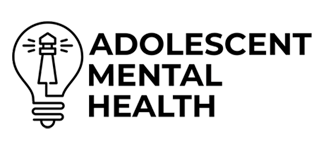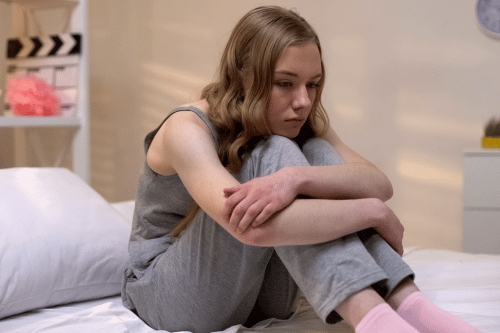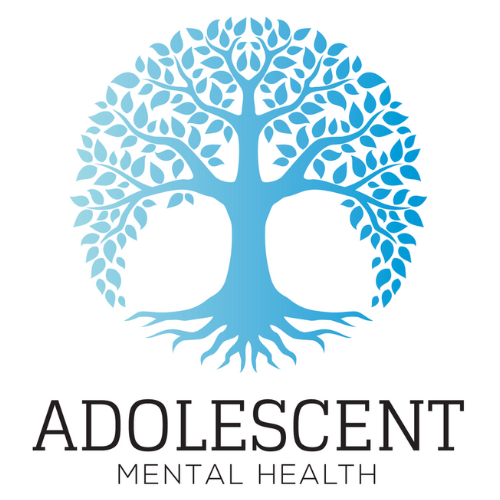How Teen Social Anxiety Impacts Development and Relationships
Social anxiety is a mental health disorder that disrupts a teen’s daily life and affects how they interact with others. At Adolescent Mental Health in Orange County, California, we provide effective treatment and education to help anxious teenagers manage anxiety symptoms and build healthy social relationships.
Understanding Teen Social Anxiety
Definition and Distinction from Shyness
Social Anxiety Disorder is a mental health condition where teens experience intense fear of social judgment. This fear can lead to avoidance of social activity and everyday activities. Unlike a personality trait like shyness, social anxiety leads to persistent fear and distress that limits a teen’s quality of life.
Prevalence and Impact on Teens
Anxiety in adolescents is common. According to the National Institute of Mental Health, social anxiety is one of the most reported anxiety disorders among teens. It affects adolescent anxiety across school, friendships, and even romantic relationships. Longitudinal studies show that early treatment improves outcomes.
Causes of Teen Social Anxiety
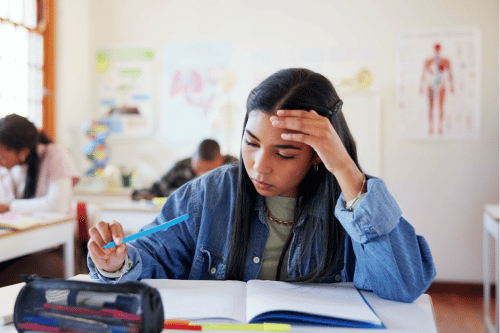
Genetic Factors
Some teens inherit a tendency to develop generalized anxiety disorder or panic disorder. These disorders in children and disorder in adults share genetic links.
Developmental and Social Changes
Anxiety in teenagers can begin during puberty due to increased responsibilities, academic pressure, and shifting social fears. Environmental factors like major life changes may also contribute.
Personality Traits
Teens with perfectionist tendencies or high self-focused attention are more likely to develop social anxiety. These traits can raise anxiety levels and lead to a cycle of anxiety.
Influence of Parenting Styles
Parental factors, such as being overly critical or anxious, can influence a teen’s emotional growth. Parental beliefs about failure or success also affect how teens handle pressure.
Effects of Bullying
Bullying can trigger negative beliefs, increase social avoidance, and lower confidence. These experiences often start a strong avoidance cycle and raise the risk of panic attack.
Role of Social Media
Constant comparison on social media increases focus of attention and causes many teens to overanalyze how they are perceived by others, leading to excessive fear of judgment.
Signs and Symptoms
Emotional Symptoms
Teens with social anxiety often have extreme fear in group settings, speaking tasks, or interactions with authority figures or a conversation partner. They may fear rejection or embarrassment.
Behavioral Indicators
They may skip school, drop out of extracurricular activities, or avoid any conversation task. These safety behaviors and impression management safety behaviours attempt to mask anxiety but reinforce it.
Physical Symptoms
Common physical signs include muscle tension, rapid heartbeat, shortness of breath, and upset stomach. These physical symptoms often appear before or during feared events.
Avoidance Behaviors in Teens
Teens may avoid eye contact, public speaking, or new social activity. Over time, these actions deepen the avoidance cycle and weaken their coping skills.
Challenges Faced by Teens with Social Anxiety

Impact on School Performance
Social anxiety adolescents often avoid speaking in class or giving presentations. Their grades may drop due to missed participation and poor engagement.
Effects on Self-esteem and Confidence
Anxious teens may think they aren’t good enough or believe they’ll always be rejected. These negative beliefs lower confidence and make social growth harder.
Risk for Other Mental Health Disorders
If not addressed, anxiety in children can lead to depression, generalised anxiety disorder, or panic disorder. Studies in the Journal of Youth and Adolescence and the Journal of Anxiety Disorders confirm these links.
Role of Parents, Caregivers, and Educators
Importance of Effective Communication
Parents and teachers should talk openly about symptoms of anxiety and create a safe space. Listening without judgment helps build trust with anxious children and teens.
Goal Setting and Support Strategies
Setting achievable goals helps teens face fears one step at a time. This supports behavioural therapy progress and breaks the cycle of anxiety.
Encouraging Relaxation Techniques
Techniques like deep breathing can reduce anxiety levels in the moment. They help teens control symptoms during a conversation task or group setting.
Treatment and Management Options
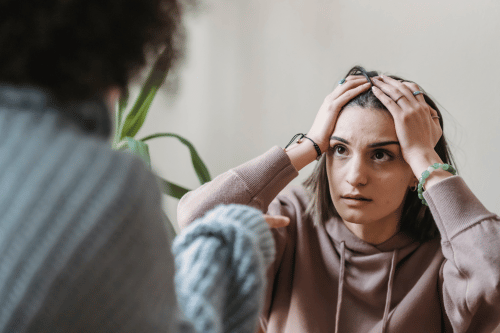
Therapy Approaches
Cognitive-behavioral therapy (CBT) and exposure therapy are highly effective. CBT helps challenge negative beliefs, while exposure tasks reduce avoidance. Research from the Journal of Behavior Therapy and Experimental Psychiatry and Behaviour Research and Therapy shows strong treatment effects and evidence for treatment specificity.
Medication as a Treatment Option
Some teens benefit from medication, especially if their symptoms are severe or linked to panic disorder. A mental health professional may suggest combining it with individual therapy for best results.
Importance of Lifestyle Changes
A healthy daily routine with exercise, good sleep, and a balanced diet supports treatment. Reducing screen time and building real-life social skills is also key.
Creating a Supportive Environment
Parents, teachers, and peers should work together like a waitlist control group in studies—creating stable, low-pressure environments that allow teens to practice without fear.
Breaking the Cycle of Avoidance
Facing fears gradually helps teens re-enter situations they used to avoid. This approach is backed by experimental studies, pilot study trials, and correlational study results.
Promoting Positive Social Interactions
Involvement in structured extracurricular activities like sports, clubs, or volunteering supports healthy social growth and counters social avoidance.
Building a Network of Support
Having support from friends, family, and teachers improves a teen’s quality of life. Teens with anxiety in teens benefit from consistent encouragement and connection to a mental health professional or therapy group.
If your teen is showing signs of social anxiety, early support can prevent long-term problems. At Adolescent Mental Health in Orange County, we offer treatment for teens through therapy, guidance, and tools for better social health. Reach out today to learn how we can help.

FAQ's
Shyness is a personality trait where a teen may feel quiet or reserved around others. Social Anxiety Disorder is a mental health condition that involves intense fear of judgment or embarrassment. It often leads to avoidance behaviors that affect daily life, such as skipping school or avoiding group activities. Unlike shyness, social anxiety can cause physical symptoms like rapid heartbeat, shortness of breath, and muscle tension.
Anxiety in adolescents can appear in many forms. Social anxiety is focused on fear of social judgment and situations involving others, like speaking in class or meeting new people. Other kinds of anxiety, such as generalized anxiety disorder or panic disorder, involve different fears or physical responses. A mental health professional can assess symptoms and recommend effective treatment.
Cognitive-behavioral therapy (CBT) and exposure therapy are the most supported approaches, with strong treatment effects shown in the Journal of Anxiety Disorders and Behaviour Research and Therapy. Therapy helps teens change negative beliefs, learn coping skills, and break the avoidance cycle. In some cases, medication may also help reduce anxiety symptoms when combined with therapy.
Parents play a key role in helping anxious teens. Stay calm, listen without judgment, and help set achievable goals. Encourage small steps like joining extracurricular activities or practicing deep breathing before social situations. Create a safe home environment and consider working with a mental health professional for added support. Consistent encouragement can improve a teen’s confidence and quality of life.
